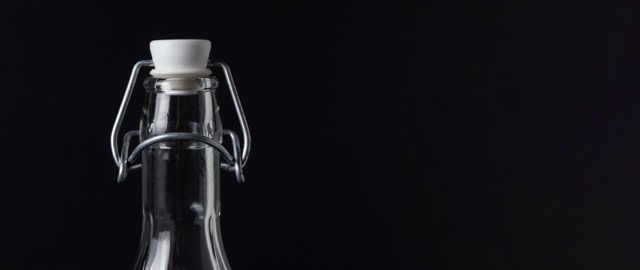
The Next Frontier of Revenue Growth: Turning Execution into Advantage
It’s easy to think about revenue growth as a front-office problem. Hire more sellers, invest in enablement, refine your pricing, launch better campaigns, and eventually, more deals will close. For years, that equation worked until it didn’t.
Today, every lever in the front office is maxed out. Sales teams are performing, marketing is delivering pipeline, but revenue still stalls, not because of a lack of demand, but because of a lack of delivery. The next frontier of growth isn’t about selling more but executing better.
The Hidden Bottleneck Between Selling and Delivering
Ask any sales leader why deals slip, and they’ll tell you it rarely comes down to lack of effort. More often, it’s because promises made to customers can’t be fulfilled on time or in whole. The lag between what the business wants to sell and what it can deliver erodes credibility, margin, and momentum.
That disconnect lives deep in the planning layer — where forecasts meet supply, and decisions about capacity, production, and inventory determine what’s possible. Revenue opportunity leaks away when that layer isn’t aligned with real-time demand signals from CRM systems like Salesforce.
As a CRO, that realization changes everything because you can’t grow what you can’t fulfill.

The New CRO Mandate: Own the Full Revenue Loop
The modern CRO’s role is expanding beyond bookings to encompass execution. It’s not enough to close deals; we must ensure the organization can deliver what it sells, when it promises. That means having visibility across the entire revenue loop, from pipeline creation through fulfillment and renewal.
In the winning companies, sales operations and CROs work hand in hand with supply chain and IT leaders to synchronize planning, forecasting, and delivery in real time. There is a shift from siloed systems and reactive planning to integrated, adaptive execution.
For manufacturing leaders, this evolution means the CRO now serves as a bridge between the front and back office, aligning commercial commitments with production, logistics, and procurement realities. It’s not about owning supply chain decisions but driving shared accountability for revenue execution across sales, operations, and finance.
When that alignment happens, growth stops being unpredictable. It becomes repeatable
Adaptive Planning: Where Execution Becomes Advantage
At ketteQ, we’ve seen how connecting CRM, ERP, and supply data unlocks performance. Companies like NCR Voyix, Trimble, and Cosmetica Labs have transformed forecasting and fulfillment into competitive weapons using AI-powered, multi-cloud planning.
Instead of static spreadsheets and disconnected models, they now operate from a living, synchronized view of demand and supply. When a new opportunity accelerates in Salesforce, the impact on supply, production, and delivery is instantly visible. When a supplier delays a shipment, the system adjusts scenarios in real time, helping teams respond proactively — not reactively.
Execution becomes faster, smarter, and more predictable.
That’s what adaptive supply chain planning does: it turns uncertainty into opportunity, and fulfillment into the foundation of growth.

The Future Belongs to the Executers
In an unpredictable market, the companies that win aren’t the ones that can forecast demand best — they’re the ones that can fulfill it fastest. Execution is no longer a back-office function. It’s the new growth engine.
The question every CRO should be asking isn’t “How can we sell more?” but “How can we deliver more reliably, intelligently, and profitably?”
Growth doesn’t come from bookings alone but from what gets shipped, invoiced, and renewed. And that’s precisely where adaptive planning creates the edge.
Closing the Gap Between Promise and Performance
The good news is that this alignment isn’t theoretical. It’s happening now. Companies across industries use adaptive, AI-powered planning to bridge the gap between sales ambition and supply execution, and the results speak for themselves.
As a CRO, I see it every day. When sales and supply teams operate from the same system of truth, revenue accelerates, confidence grows, and customers notice.
Ultimately, this shift isn’t just technological; it’s cultural. It requires breaking down long-standing silos, building trust across teams, and instilling a shared belief that revenue doesn’t end at the sale. The CRO’s most significant contribution in this new era may be fostering a culture where execution excellence is everyone’s business.

The next frontier of growth isn’t about adding more sellers or campaigns. It’s about turning execution into a competitive advantage.
Download the full paper, What’s Really Preventing Revenue Growth (Hint: It’s Not What You Think), to learn how leading organizations are closing the gap between selling and delivering and transforming execution into their most significant advantage.





